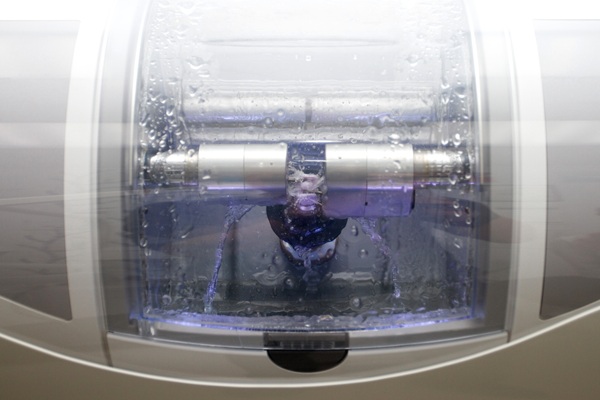What Happens During the Wisdom Teeth Removal Process?

Removal of the wisdom teeth is something that a lot of people experience because their mouths may not have room for them. However, the procedure often intimidates people because they fear getting their teeth pulled. Being aware of what happens during a wisdom teeth removal process can be helpful for someone who has an upcoming appointment or who has to prepare for one. Keep reading to find out more.
The wisdom teeth removal process
Here we outline what to expect during the procedure so that you can be well prepared.
1. Step one: Incisions
After anesthesia has been administered and the patient is fully unconscious, the oral surgeon will create incisions in gum tissues in order to expose the wisdom teeth and the bone. Incisions are made using scalpel-like instruments, and they are relatively small.
2. Step two: Bone removal
In order for the roots of each tooth to be exposed, the oral surgeon will have to remove parts of the bone that cover the roots. Through the incisions that were initially made, small parts of the bone will then be removed in order to access the roots.
Bone removal has to be done very carefully, because too much removal can cause damage to the surrounding area. It is important that just a small amount of the bone is removed so that there is still enough structure to support the area.
3. Step three: Wisdom tooth removal
The next part of the wisdom teeth removal process involves the actual removal of each wisdom tooth. Some people’s wisdom teeth are hard and large enough that they are easier to remove by dividing them beforehand. Dividing each wisdom tooth into sections may make it easier to remove because smaller pieces can make less of an impact on the gums and roots.
4. Step four: Cleaning
Once the wisdom tooth is pulled, it is important that the oral surgeon cleans the area around the pulled tooth thoroughly. Leftover debris from the removed wisdom tooth or bone fragments can be dangerous to the open wound, and it is important that none get left behind.
5. Step five: Closing
The final part of a wisdom tooth removal procedure is to close up the open wound so that healing can take place. Oral stitches will be used to close the wound if it is expansive. Once the wound is closed, gauze will be placed over the wound area so that bleeding can be controlled afterward. It is likely that gauze will have to remain in the area for at least a few hours after the procedure is complete.
Reach out to our office!
The wisdom teeth removal procedure can be invasive, but it is often very necessary to have done. If you have questions about wisdom teeth removal procedures, then reach out to our office so that we can help you further. Give us a call or stop by today!
Request an appointment here: https://aestheticsmiles.com or call Aesthetic Dentistry of Noe Valley at (415) 493-9143 for an appointment in our San Francisco office.
Check out what others are saying about our services on Yelp: Read our Yelp reviews.
Related Posts
If you have ever had a dental crown placed, you know that the process often involves multiple visits and temporary crowns. A CEREC dentist offers a faster solution to the typical dental crown process. Using advanced technology, these dentists create durable, high-quality crowns in just one appointment.A CEREC dentist uses Computer-Aided Design and Manufacturing (CAD/CAM)…
Are you considering undergoing teeth bleaching treatment from a general dentist? White teeth make for an attractive smile, and choosing to undergo professional treatment supports safe and long-term results. When preparing for a teeth bleaching treatment, it is best to ask questions and consider the pros and cons.Consultation appointments are informative and allow patients to…
The TMJ, or temporomandibular joint, connects the lower jaw to the skull. If you are experiencing pain in your jaw, you may be suffering from what is known as TMJ disorder. The disorder may also cause muscle spasms, clicking sounds, or jaw locking. These symptoms can make regular activities like eating and talking painful and…
Restorative dentistry has a handful of ways to go about restoring a broken tooth. It typically comes down to how severely damaged the patient’s tooth is. Restorative dentistry focuses mainly on restoring the function of teeth that have been damaged. Doing so typically improves the way the tooth looks as well.Here are some of the…


